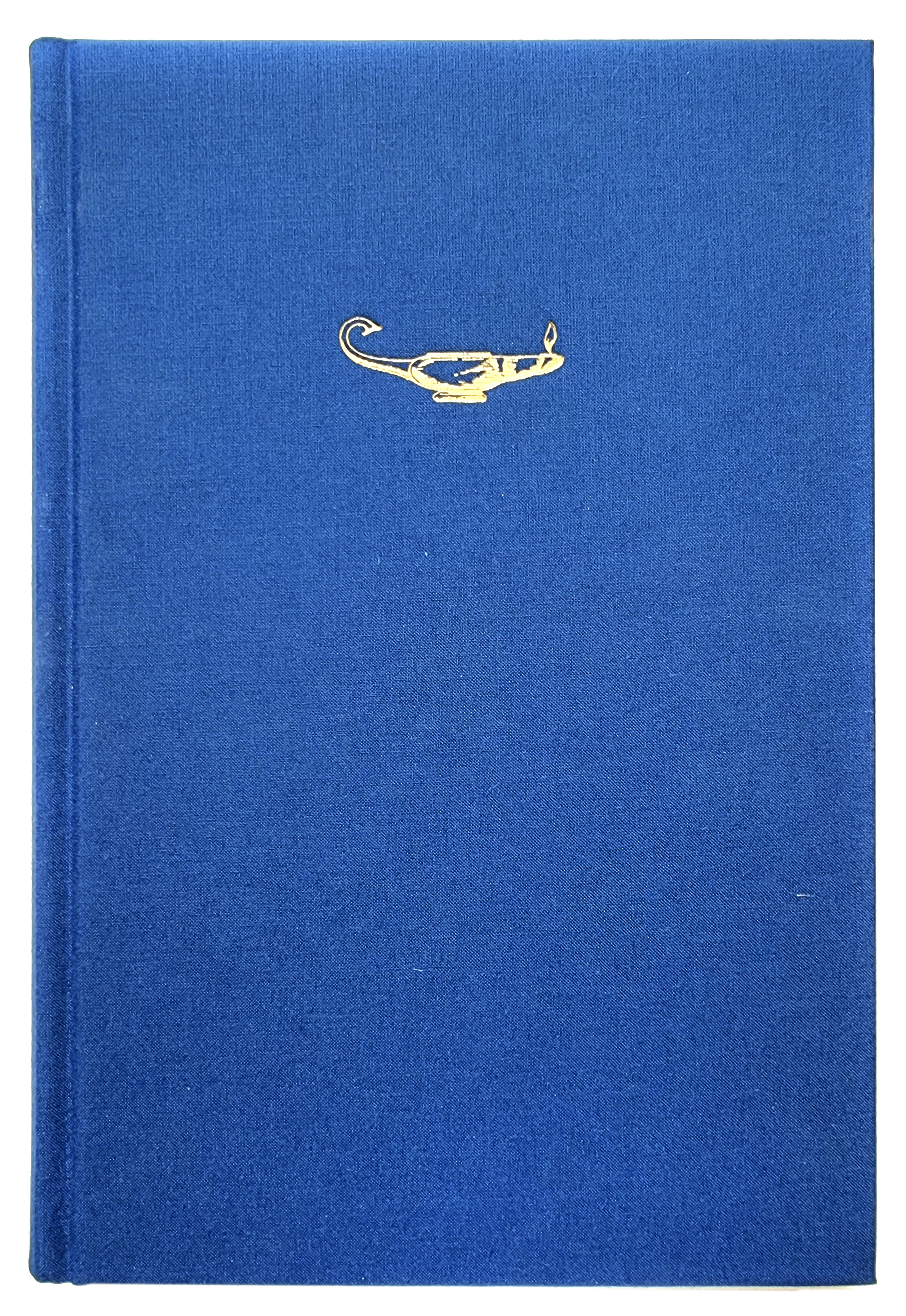Den obarocka fabeln – eller den barocka?
Några turer kring en genre och ett litteraturhistoriskt begrepp
Nyckelord:
Aesopic fable, baroque, genre, literary history, seventeenth-century SwedenAbstract
As a contribution to the discussion on the relevance of the baroque concept in Swedish literary history, the article conducts a case study by testing the concept on the history of a specific genre: the Aesopic fable. The argument takes its starting point in the analysis of German fable history by the pioneering baroque scholar Wolfgang Kayser who asserted a lack of German fable writing during the baroque era of the seventeenth century. Applying Kayser’s rather narrow criteria of fable writing and the baroque to Swedish conditions, and, subsequently, altering some of them, the article reaches three conclusions: firstly, fable writing was absent also during the baroque epoch in Sweden; secondly, a baroque period in Swedish fable history could be uncovered, somewhat questionably, during the late eighteenth century; and, thirdly, an extensive, pragmatically aiming fable literature was, in fact, in circulation in seventeenth-century Sweden, though it is doubtful whether it should be termed ‘baroque’. In a second move, the case study tries out three more recent definitions of the baroque. Apparent correspondences are shown between on the one hand fable literature of the Swedish seventeenth century, and on the other hand, José Antonio Maravall’s view of the baroque as a conservative culture, Thomas Althaus’s conception of epigrammatic thought during the baroque, and John D. Lyons’s idea of a baroque anthropology of duplicity. However, the article concludes, none of these correspondences—all of which indicate a high functionality of the fable in a seventeenth century context—have to be explained with reference to the concept of the baroque.
Downloads
Publicerad
Nummer
Sektion
Licens
This work is licensed under a Creative Commons Attribution 4.0 International License. The copyright for the work published in Lychnos remains with the authors.


